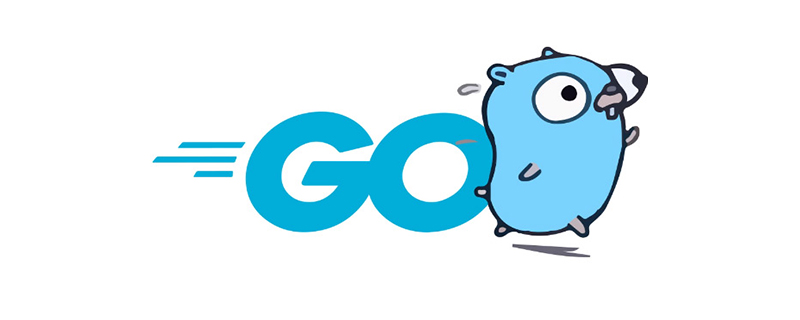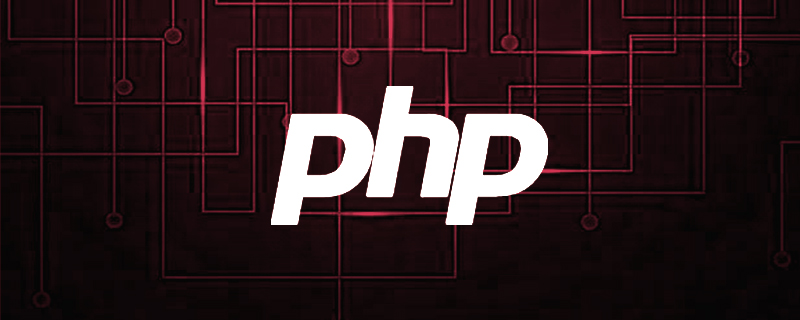 Backend Development
Backend Development Golang
Golang An in-depth discussion of the similarities and differences between Golang functional interfaces and abstract classes
An in-depth discussion of the similarities and differences between Golang functional interfaces and abstract classesBoth functional interfaces and abstract classes are used for code reusability, but they are implemented in different ways: functional interfaces through reference functions, and abstract classes through inheritance. Functional interfaces cannot be instantiated, but abstract classes can. Functional interfaces must implement all declared methods, while abstract classes can only implement some methods.

Similarities and differences between Go functional interfaces and abstract classes
In the Go language, functional interfaces and abstract classes are two important Concepts, both of which are used to represent behavior and provide code reusability. However, the two differ in implementation and usage scenarios.
Functional Interface
A functional interface is a type that references a function with a specific signature. It defines the input and output parameters of the function, but does not need to implement the function body.
Syntax:
type fnType func(parameters) (returnType)
Example:
type Handler func(w http.ResponseWriter, r *http.Request)
Abstract class
An abstract class is a class that only contains declarations but no implementation. It defines an interface that requires subclasses to implement these declarations.
Grammar:
type Interface interface {
Method1()
Method2()
}Similarities and Differences
Similarities:
- Both provide code reusability, allowing the creation of replaceable components.
- can be implemented by different types.
Differences:
- Implementation method: Functional interfaces are implemented by referencing functions, while abstract classes are implemented through inheritance accomplish.
- Instantiability: Functional interfaces cannot be instantiated, but abstract classes can.
- Implementation choice: Functional interface must implement all declared methods, while abstract class can only implement some methods.
-
Syntax: Functional interfaces use the
funckeyword, while abstract classes use theinterfacekeyword.
Practical case
Functional interface:
Functional interfaces can be used to create loosely coupled code, allowing Different components use different implementations.
type Shape interface {
Area() float64
}
type Square struct {
Side float64
}
func (s *Square) Area() float64 {
return s.Side * s.Side
}
type Circle struct {
Radius float64
}
func (c *Circle) Area() float64 {
return math.Pi * c.Radius * c.Radius
}
func CalculateArea(shapes []Shape) float64 {
totalArea := 0.0
for _, shape := range shapes {
totalArea += shape.Area()
}
return totalArea
}Abstract class:
You can use abstract classes to define public behaviors and allow subclasses to implement or override these behaviors as needed.
type Animal interface {
Speak() string
}
type Dog struct{}
func (d Dog) Speak() string {
return "Woof!"
}
type Cat struct{}
func (c Cat) Speak() string {
return "Meow!"
}The above is the detailed content of An in-depth discussion of the similarities and differences between Golang functional interfaces and abstract classes. For more information, please follow other related articles on the PHP Chinese website!
 聊聊Golang中的几种常用基本数据类型Jun 30, 2022 am 11:34 AM
聊聊Golang中的几种常用基本数据类型Jun 30, 2022 am 11:34 AM本篇文章带大家了解一下golang 的几种常用的基本数据类型,如整型,浮点型,字符,字符串,布尔型等,并介绍了一些常用的类型转换操作。
 golang是否有抽象类Jan 06, 2023 pm 07:04 PM
golang是否有抽象类Jan 06, 2023 pm 07:04 PMgolang没有抽象类。golang并不是面向对象(OOP)语言,没有类和继承的概念,也没有抽象类的概念;但golang中有结构体(struct)和接口(interface),可以通过struct和interface的组合来间接实现面向对象语言中的抽象类。
 为速度而生:PHP 与Golang 的合体 —— RoadRunnerSep 23, 2022 pm 07:40 PM
为速度而生:PHP 与Golang 的合体 —— RoadRunnerSep 23, 2022 pm 07:40 PM发现 Go 不仅允许我们创建更大的应用程序,并且能够将性能提高多达 40 倍。 有了它,我们能够扩展使用 PHP 编写的现有产品,并通过结合两种语言的优势来改进它们。
 Java 中接口和抽象类的内部类实现Apr 30, 2024 pm 02:03 PM
Java 中接口和抽象类的内部类实现Apr 30, 2024 pm 02:03 PMJava允许在接口和抽象类中定义内部类,为代码重用和模块化提供灵活性。接口中的内部类可实现特定功能,而抽象类中的内部类可定义通用功能,子类提供具体实现。
 Java 接口与抽象类:揭示它们之间的内在联系Mar 04, 2024 am 09:34 AM
Java 接口与抽象类:揭示它们之间的内在联系Mar 04, 2024 am 09:34 AM接口接口在Java中定义了抽象方法和常量。接口中的方法没有实现,而是由实现该接口的类来提供。接口定义了合同,要求实现类提供指定的方法实现。声明接口:publicinterfaceExampleInterface{voiddoSomething();intgetSomething();}抽象类抽象类是一个不能被实例化的类。它包含抽象方法和非抽象方法的混合。与接口类似,抽象类中的抽象方法由子类实现。但是,抽象类还可以包含具体的方法,这些方法提供了默认实现。声明抽象类:publicabstractcl
 Java 中接口和抽象类在设计模式中的应用May 01, 2024 pm 06:33 PM
Java 中接口和抽象类在设计模式中的应用May 01, 2024 pm 06:33 PM接口和抽象类在设计模式中用于解耦和可扩展性。接口定义方法签名,抽象类提供部分实现,子类必须实现未实现的方法。在策略模式中,接口用于定义算法,抽象类或具体类提供实现,允许动态切换算法。在观察者模式中,接口用于定义观察者行为,抽象类或具体类用于订阅和发布通知。在适配器模式中,接口用于适配现有类,抽象类或具体类可实现兼容接口,允许与原有代码交互。
 Java 接口与抽象类:通往编程天堂之路Mar 04, 2024 am 09:13 AM
Java 接口与抽象类:通往编程天堂之路Mar 04, 2024 am 09:13 AM接口:无实现的契约接口在Java中定义了一组方法签名,但不提供任何具体实现。它充当一种契约,强制实现该接口的类实现其指定的方法。接口中的方法是抽象方法,没有方法体。代码示例:publicinterfaceAnimal{voideat();voidsleep();}抽象类:部分实现的蓝图抽象类是一种父类,它提供了一个部分实现,可以被它的子类继承。与接口不同,抽象类可以包含具体的实现和抽象方法。抽象方法是用abstract关键字声明的,并且必须被子类覆盖。代码示例:publicabstractcla


Hot AI Tools

Undresser.AI Undress
AI-powered app for creating realistic nude photos

AI Clothes Remover
Online AI tool for removing clothes from photos.

Undress AI Tool
Undress images for free

Clothoff.io
AI clothes remover

AI Hentai Generator
Generate AI Hentai for free.

Hot Article

Hot Tools

PhpStorm Mac version
The latest (2018.2.1) professional PHP integrated development tool

VSCode Windows 64-bit Download
A free and powerful IDE editor launched by Microsoft

WebStorm Mac version
Useful JavaScript development tools

Dreamweaver CS6
Visual web development tools

SublimeText3 Mac version
God-level code editing software (SublimeText3)






